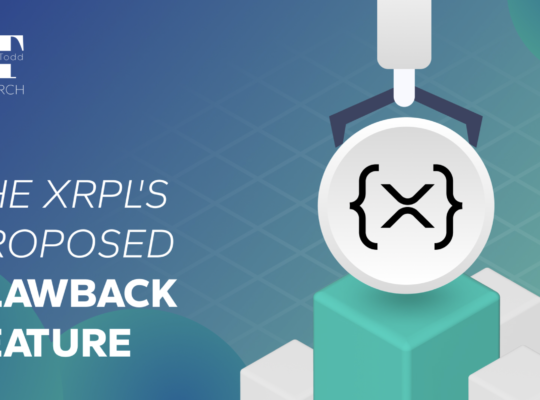This is just a short one, but it’s important that people be aware of one reason why stablecoins are expected to grow so much in the future.
If you were a company that accepts Bitcoin or any other volatile crypto-asset, would you really want that volatility on your balance sheet? Some companies may be fine with holding Bitcoin, but this would be amounts in compliance with internally established risk metrics, rather than just accepting all payments in Bitcoin and holding them as such.
Instead, it makes much more sense for one to accept payments in a wide variety of cryptocurrencies, while simultaneously converting them to a stablecoin once received.
Reminder: Stablecoins are crypto assets meant to be stable, generally pegged to a currency or commodity. USD is the most common form, but a Euro stablecoin was recently created by Circle. There are different types, but USDC and USDT are “dollar-backed” meaning a real USD exists for each, ensuring they maintain peg stability of $1.00. DAI is an example of a crypto-collateralized stablecoin.
It’s clear that institutions would rather hold funds in stablecoins during the normal course of their operations, as they are basically digital cash. They may then either hold such funds, convert them to fiat USD, or engage in various financial activities. This lack of volatility is one reason why stablecoins have increased percentage-wise in relation to the overall blockchain ecosystem during the recent downturn, as investors sell their holdings to simply hold stablecoins. The market cap of stablecoins relative to all of crypto has been rising and generally correlates with market bottoms.
Now, say you’re a new investor looking to enter crypto for the first time. Would you want to buy Bitcoin and potentially lose 2% overnight? It makes a lot more sense to “park” one’s money in stablecoins, so that you can engage in DeFi activities (e.g. lending or borrowing) using your virtual USD. Additionally, companies specializing in stablecoin infrastructure such as Stably can make the price of entering or exiting crypto lower by using stablecoins, in contrast to assets like BTC or ETH.
It’s important to note that USD-backed stablecoins such as USDC are legally compliant and generally partner with banking institutions. This is another reason they may often be cheaper to buy or sell.
Of course, if you are using fiat to simply buy an asset like BTC then you may be fine with paying slightly more, or be fine with the volatility. But for many, including the increasing amount of employees paid in stablecoins (including myself), they’re effective for holding one’s funds in crypto and provide an efficient means of on/off ramping.
P.s. not all stablecoins are the same. Check out the “Stablecoin Trilemma” illustrated below.
- Algorithmic stablecoins are capital efficient but can be dangerous, as we saw with Terra Luna.
- Overcollateralized ones (like MakerDAO’s Dai) are good but very not very capital efficient, as you must put in ~150% of the money you wish to use (e.g. $1,000 worth of Ethereum lets you take out a $600 loan, so you can benefit from Ethereum upside while receiving a loan). They have benefits however such as being decentralized and enabling upside benefit from Bitcoin etc if you plan to hold anyways.
- And fiat-backed stablecoins are more capital efficient than the above, but require centralization which can increase security risks amongst other things. They’re less capital efficient than decentralized stablecoins, but the real USD’s held in reserve are generally invested for short-term returns, boosting yield.







